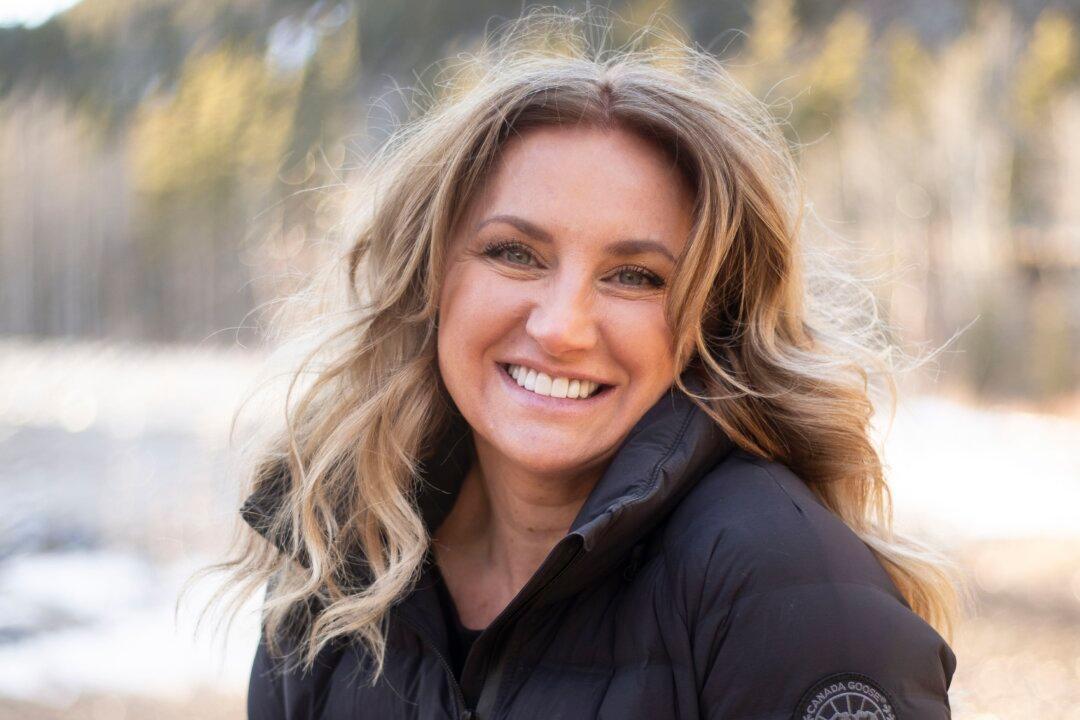Libby Szarka looked around at the people who had become her “new family.” They were a poor comparison to the family she had left behind—three daughters, the youngest only 8 when Ms. Szarka started living on the streets of Calgary, dealing and smoking crack.
“They wouldn’t think twice to stab you up for a hoot if they needed one,” Ms. Szarka told The Epoch Times. “And then even worse, I was the same.”





